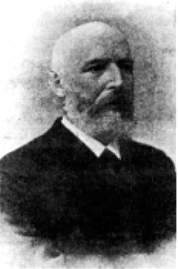Abstracts
The present paper examines the first attempts to internationalise the problem of leprosy, a subject hitherto overlooked by historians of imperialism and disease. The last decade of the nineteenth century saw many in the 'civilised countries' of the imperialist West gripped by a paranoia about an invasion of leprosy via germ-laden immigrants and returning expatriates who had acquired the infection in leprosy-endemic colonial possessions. Such alarmists clamoured for the adoption of vigorous leper segregation policies in such colonies. But the contagiousness of leprosy did not go unquestioned by other westerners. The convocation in Berlin of the first international meeting on leprosy revealed the interplay of differing and sometimes incompatible views about the containment of leprosy by segregation. The roles of officials from several countries, as well as the roles of five protagonists (Albert Ashmead, Jules Goldschmidt, Edvard Ehlers, Armauer Hansen, and Phineas Abraham) in the shaping of the Berlin Conference are here examined.
leprosy; Berlin Conference; Armauer Hansen; segregation; India

 The First International Leprosy Conference, Berlin, 1897: the politics of segregation
The First International Leprosy Conference, Berlin, 1897: the politics of segregation



